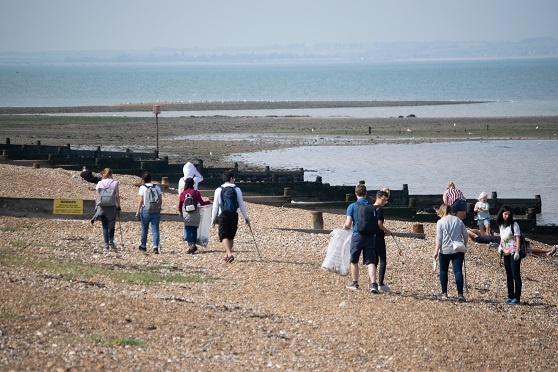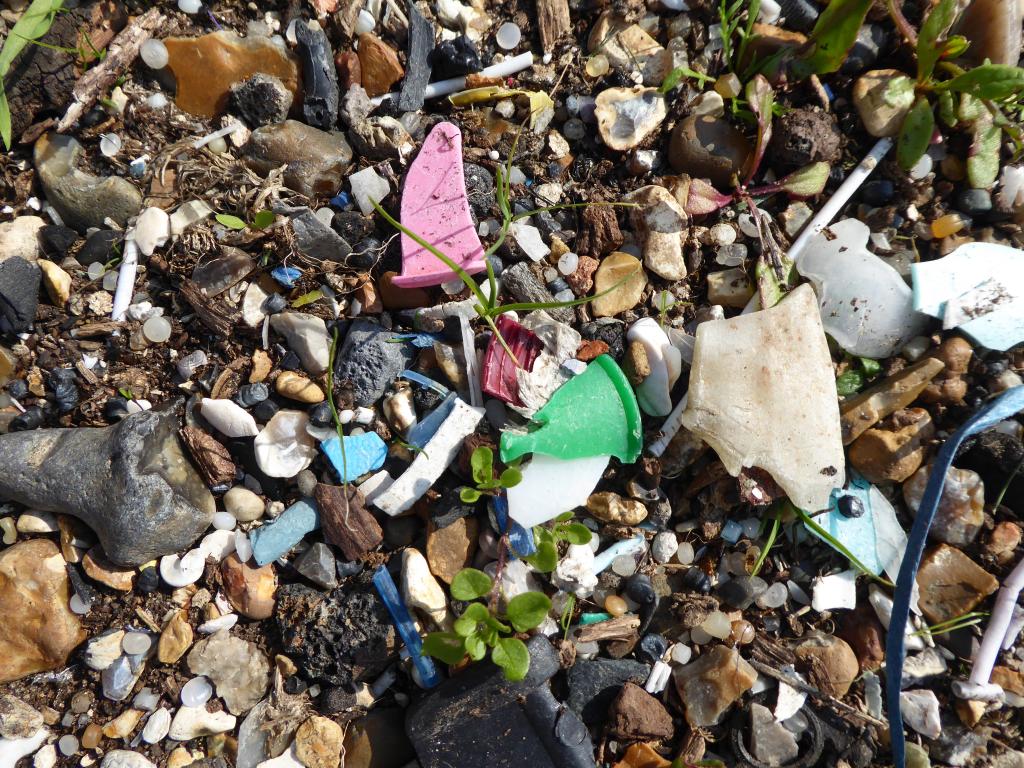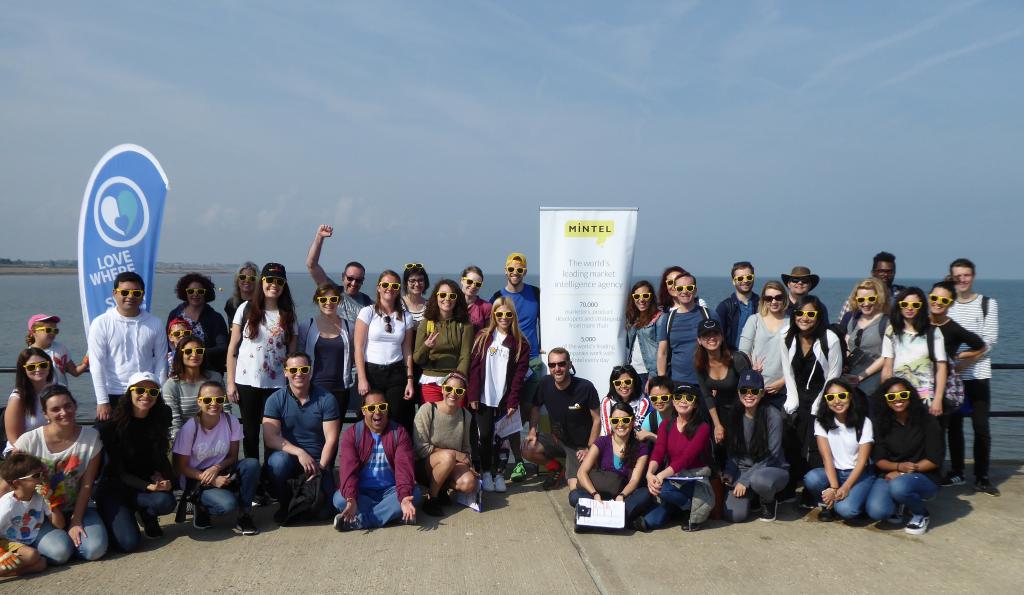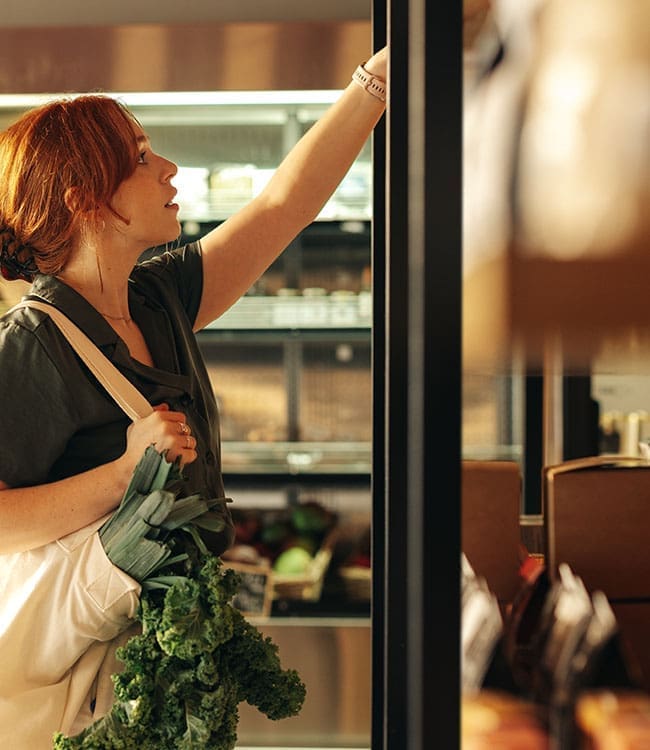Over the last two months, Mintel volunteers took part in beach cleans organised in association with the Marine Conservation Society at Herne Bay, Kent. The experience, which you can read about here, was eye-opening for all participants.
To better understand the roots of the problem, we spoke to Tom Hawkins, Coastal Development Officer for Canterbury City Council, who briefed the volunteers at Herne Bay, about the negative impacts of plastic pollution.
What’s your background and how did you get involved in the ocean plastics cause?
Tom Hawkins (TH): “I’m lucky to work in an environment I love and my passion is all things marine related. I grew up just a stone’s throw from the beach and I’ve travelled the world working on marine projects, having studied Marine Biology and Ocean Science at university. Since coming back to England, I’ve found a job I love where I promote the local coastline and encourage people of all ages to actively get involved in finding out about and helping their local marine environment. The aim is to make people aware of their local beach habitats, which unfortunately also includes the threats they face. I’m also a regional representative for the plastic pollution charity Surfers Against Sewage (SAS) and I work in association with the Marine Conservation Society (MCS) and the Keep Britain Tidy group.”
Why does plastic have such a big environmental impact?
TH: “Plastic as we know it has only really existed for the last 60-70 years, but in that time it has transformed everything from clothing, cooking and catering, to product design, engineering and retailing. One of the great advantages of many types of plastic is that they’re designed to last – for a very long time. This can be a disadvantage once their usable life has ended – the hard-wearing qualities of most plastics means that some items can take hundreds of years to biodegrade. Sadly, nearly all the plastic ever created still exists in some form today.”
How much plastic waste ends up in the sea?
TH: “It’s likely that about 10 million tonnes of plastic currently ends up in the oceans each year. Plastic waste accumulates in areas of the ocean where winds create swirling circular currents, known as gyres, which suck in any floating debris. There are five gyres around the globe, but the best known is probably the North Pacific gyre. All five gyres have higher concentrations of plastic rubbish than other parts of the oceans. They are made up of tiny fragments of plastic, which appear to hang suspended below the surface – a phenomenon that has led it to being described as plastic soup.”
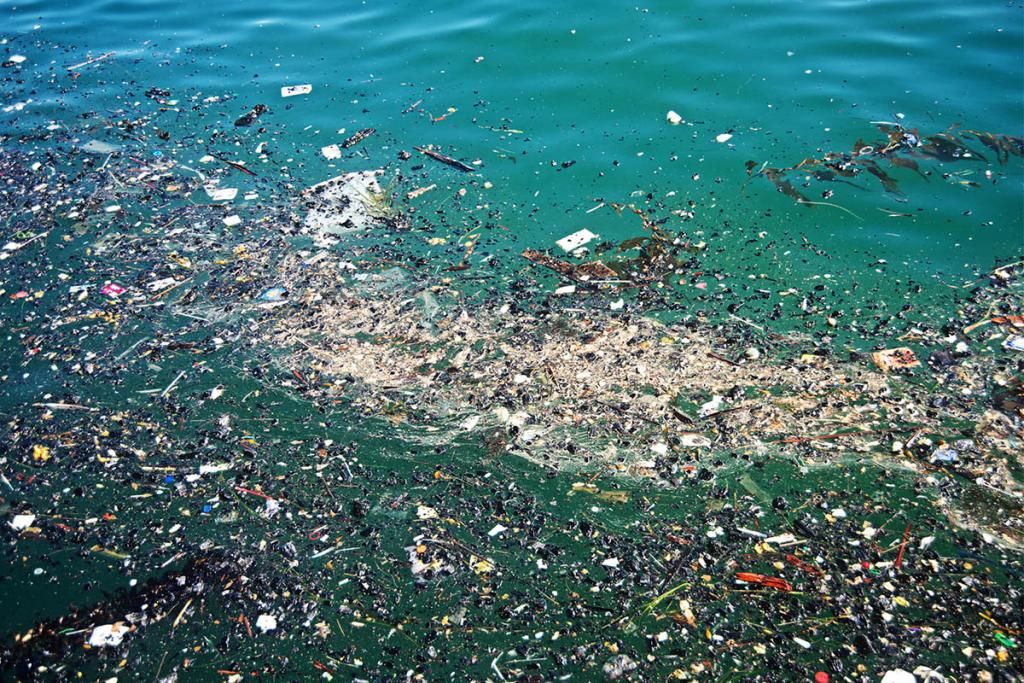
How’s the situation in the UK?
TH: “The Marine Conservation Society (MCS) found 718 pieces of litter for every 100m stretch of beach surveyed during their recent Great British Beach Clean Up. That was a 10% increase on last year. Rubbish from food and drink constituted at least 20% of all litter collected, the MCS reported. It’s difficult to trace the origin of a lot of litter, but the public contributes about 30%, while items flushed down toilets that should have been put in the bin amount to some 8.5%.”
Why is plastic so harmful to marine life?
TH: “For sea birds and larger marine creatures like turtles, dolphins and seals, the danger comes from being entangled in plastic bags and other debris, or mistaking plastic for food. For instance, turtles cannot distinguish between plastic bags and jellyfish, which can be part of their diet.
“Sadly, nearly all the plastic ever created still exists in some form today.”
Over time, plastic waste slowly degrades and breaks down into tiny micro-fragments which are also causing scientists increasing concern. A recent survey by Plymouth University found that plastic was identified in a third of UK-caught fish, including cod, haddock, mackerel and shellfish. This can result in malnutrition or starvation for the fish, and lead to plastic ingestion in humans. The effect on humans from eating fish containing plastic is still largely unknown, but in 2016 the European Food Safety Authority warned of an increased risk to human health and food safety “given the potential for micro-plastic pollution in edible tissues of commercial fish”.”
How and why should people get involved?
TH: “I think it’s important for everyone to understand the extent of our plastics problem and litter/waste before it’s too late. The groups I work with, particularly Surfers Against Sewage, have had great success with initiatives such as the plastic bag tax, and continue the fight to help reduce marine plastic pollution.
I’d encourage everyone to get involved; businesses and individuals. Plastics aren’t going away so we need to rethink how we manage them in our environments. Taking part in beach cleans is a great and enjoyable way to help out but if we can all reduce our use/need for plastics and specifically single use plastics, there will be less getting into our rivers and seas causing problems.”












